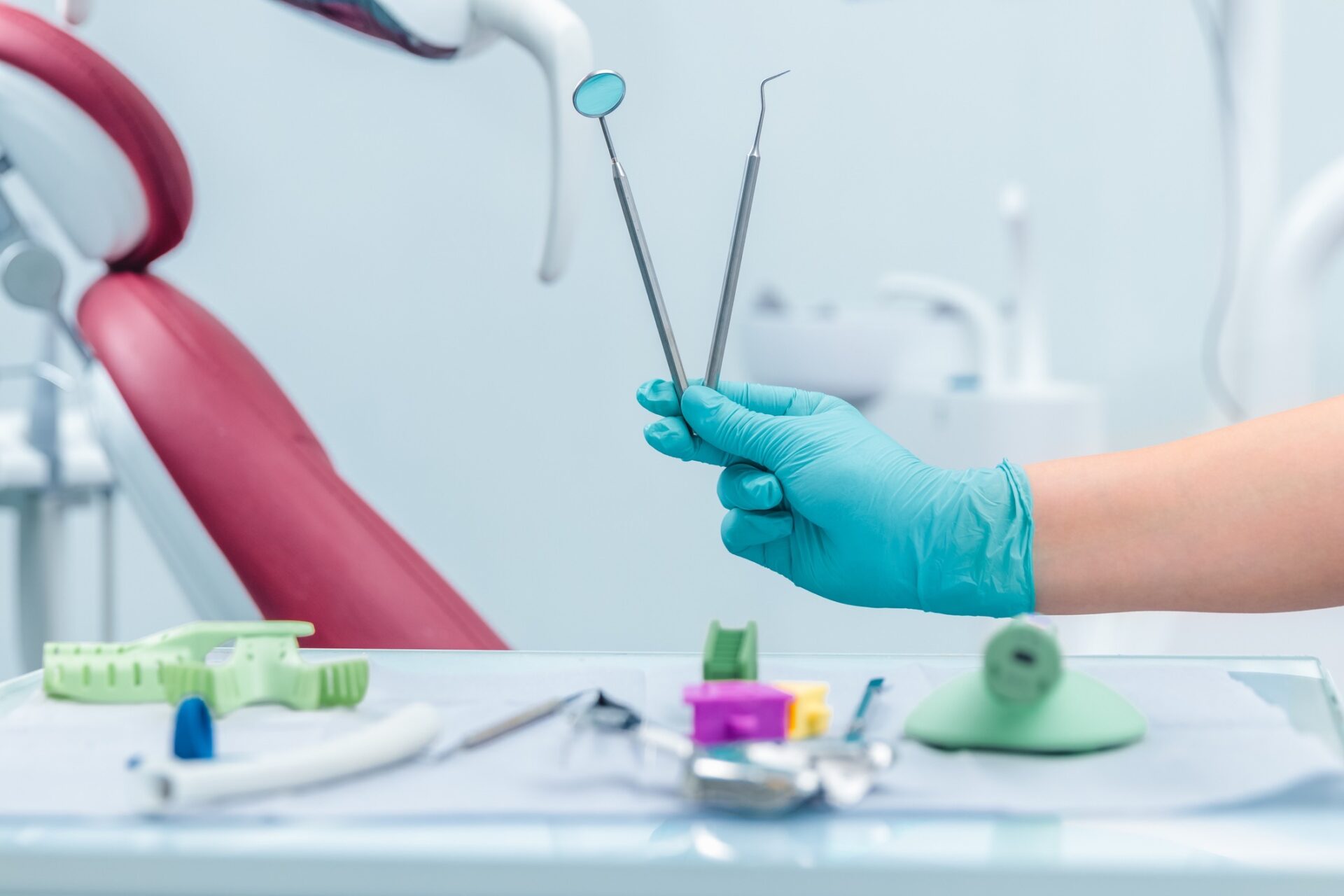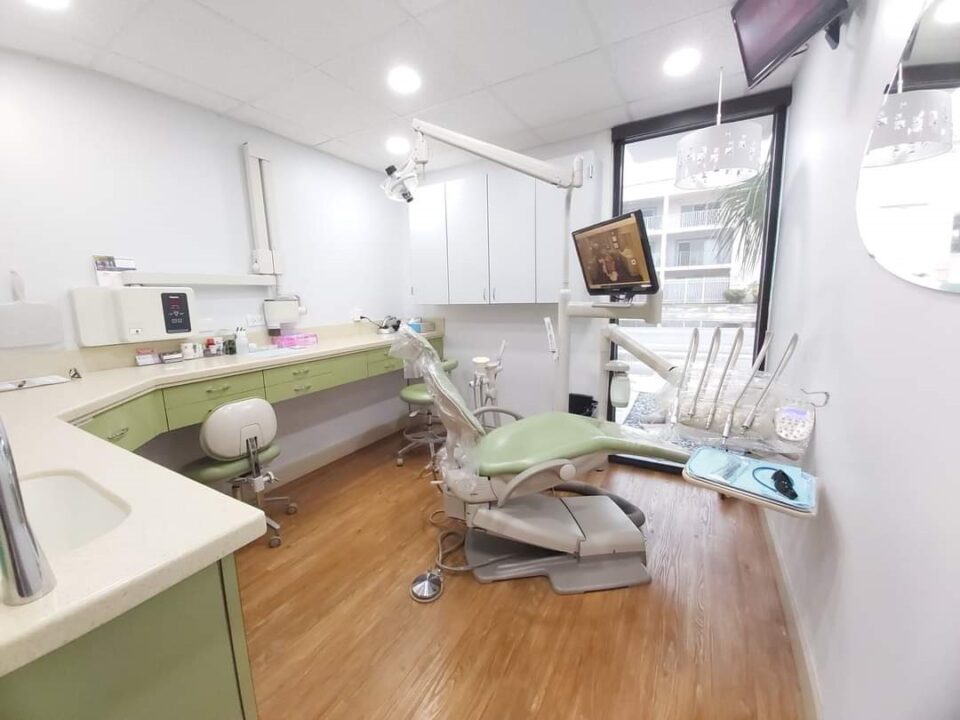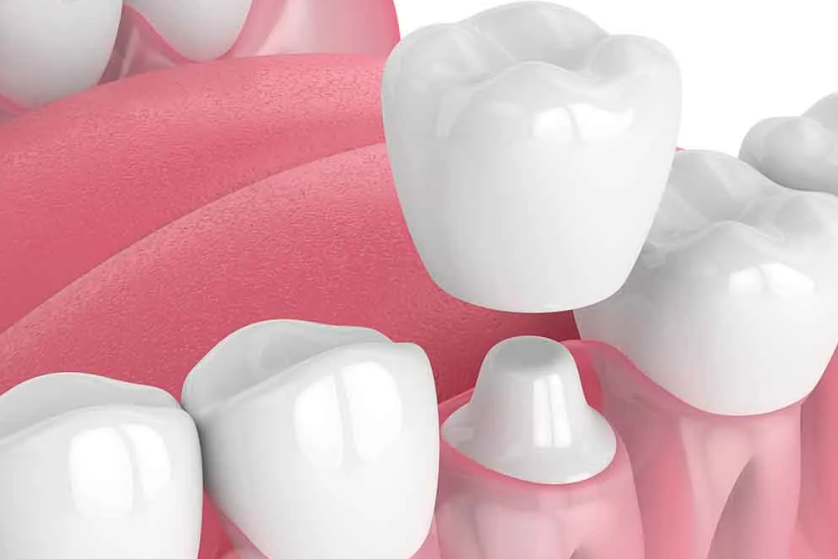Periodontal Treatment In Pompano Beach FL | JB Dentistry
Comprehensive Periodontal Treatment in JB Dentistry Pompano Beach FL
Regain gum health and protect your smile with comprehensive periodontal treatment in Pompano Beach FL. Our experienced team for gum disease and gingival issues.

periodontal treatment
Periodontal treatment is not a one-time process. Rather, it is an ongoing process. Regular dental cleanings (prophylaxis) are necessary to control the bacteria that can lead to gum disease and other oral health problems. Patients must have their teeth cleaned at least twice a year for the periodontal treatment to be effective. In addition to regular cleanings, patients may also need additional treatments such as scaling and root planing to remove the buildup of plaque and tartar on their teeth. Surgery may sometimes be necessary to correct problems like receding gums or pocketing around the teeth.
No matter what treatment is used, patients need to practice good oral hygiene at home. This includes brushing, flossing, and using mouthwash regularly to keep the teeth and gums healthy. It’s also important for patients to see their dentist or periodontist regularly to monitor the progress of their treatment plan and ensure it is working effectively. With proper oral hygiene and regular periodontal treatment, patients can help prevent gum disease from progressing and causing more serious complications.
Gum disease can be a serious problem if left untreated, so seeking periodontal treatment as soon as possible is important. To ensure that the periodontal treatment is successful, patients should follow their dentist or periodontist’s instructions for proper oral hygiene at home. With effective periodontal treatment, patients can ensure that they get the care they need, call now.
gum grafting
Gum grafting is a dental procedure used to treat receding gums and restore gum tissue lost due to gum disease, aggressive brushing, or other oral health conditions. Gum grafting offers several benefits for oral health and overall well-being.
Here are some key advantages of gum grafting:
- Restores Gum Health: Gum grafting helps to restore and improve the health of the gum tissue. By covering exposed tooth roots and filling in areas of gum recession, gum grafting reduces the risk of further gum problems, such as infection, inflammation, and sensitivity.
- Prevents Tooth Loss: Receding gums can expose vulnerable tooth roots, leading to an increased risk of tooth decay, root damage, and tooth loss. Gum grafting helps to protect the tooth roots and provide a stable foundation for the teeth, reducing the risk of tooth loss.
- Enhances Aesthetics: Gum recession can affect the appearance of your smile, making the teeth appear longer and creating an uneven gumline. Gum grafting can improve the aesthetics of your smile by restoring a more natural and harmonious gumline, enhancing the overall appearance of your teeth.
- Reduces Tooth Sensitivity: Exposed tooth roots due to gum recession can cause tooth sensitivity, making consuming hot or cold foods and beverages uncomfortable. Gum grafting covers the exposed roots, reducing tooth sensitivity and improving your ability to enjoy various temperatures and textures.
- Protects Teeth from Further Damage: Gum grafting helps to strengthen the gum tissue and create a protective barrier against harmful bacteria and plaque. By reducing the accumulation of bacteria around the roots of the teeth, gum grafting lowers the risk of tooth decay, gum disease, and other oral health problems.
It’s important to note that the specific benefits of gum grafting can vary depending on individual circumstances, such as the extent of gum recession and the patient’s overall oral health. Suppose you have concerns about receding gums or gum health.
In that case, it is recommended to consult with a dental professional like Jaline Boccuzzi DMD, AAACD who can evaluate your specific condition and provide personalized treatment options, including gum grafting, if necessary.
signs & symptoms of gum disease
Gum disease, also known as periodontal disease, is a common oral health condition that affects the gums and supporting structures of the teeth. It is essential to recognize the signs and symptoms of gum disease to seek timely treatment and prevent further complications.
Here are some common signs and symptoms to watch out for:
- Gum Inflammation: Red, swollen, or tender gums are often an early sign of gum disease. Healthy gums should appear pink and firm. In the early stage of gum disease, known as gingivitis, the inflammation is typically localized and may be more noticeable along the gumline.
- Bleeding Gums: Bleeding gums, particularly during brushing, flossing, or eating, can indicate gum disease. Healthy gums should not bleed easily. The bleeding is caused by inflammation and infection in the gum tissue.
- Gum Recession: As gum disease progresses, the gums may start to recede or pull away from the teeth, exposing the tooth roots. This can lead to tooth sensitivity, elongation, and a change in the smile’s appearance.
- Persistent Bad Breath: Chronic bad breath, also known as halitosis, is a common symptom of gum disease. The bacteria in infected gum pockets can produce foul-smelling gases, causing persistent breath odor.
- Changes in Gum Texture: Gum disease can cause changes in the texture of the gums. They may become soft, spongy, or appear shiny. Healthy gums should have a firm and resilient texture.
- Gum Pockets: In the advanced stages of gum disease, deep pockets may form between the gums and teeth. These pockets are spaces where bacteria can accumulate and cause further damage to the supporting structures of the teeth.
- Loose or Shifting Teeth: As gum disease progresses, the supporting bone and connective tissues that hold the teeth in place can be compromised. This can result in loose or shifting teeth.
- Changes in Bite or Fit of Dentures: Gum disease can affect the alignment and stability of the bite. If you notice changes in how your teeth fit together or if your dentures no longer fit properly, it may be a sign of gum disease.
It’s important to note that gum disease can be present without noticeable symptoms, especially in the early stages. Regular dental check-ups and professional cleanings are crucial for early detection and treatment of gum disease. If you experience any of these signs or symptoms, it is advisable to consult with a dentist or periodontist for a comprehensive evaluation and appropriate treatment.
Gum Cleaning
Gum cleaning, also known as professional dental cleaning or prophylaxis, is a routine dental procedure performed by a dental hygienist or dentist to remove plaque, tartar, and stains from the teeth and gums. It is an essential part of maintaining oral health and preventing gum disease.
Here’s a closer look at what gum cleaning entails:
- Plaque and Tartar Removal: During gum cleaning, the dental professional uses specialized tools to carefully remove plaque and tartar (hardened plaque) from the surfaces of the teeth, including areas that are difficult to reach with regular brushing and flossing. Plaque is a sticky film composed of bacteria, food particles, and saliva, while tartar is a calcified form of plaque that cannot be removed with regular brushing.
- Scaling: The process of scaling involves scraping off the plaque and tartar above and below the gumline. The dental professional uses a scaler, which is a manual or ultrasonic instrument, to gently remove these deposits without causing damage to the teeth or gums. Scaling helps eliminate the bacteria that can cause gum inflammation and lead to gum disease.
- Polishing: After scaling, the dental professional uses a high-powered electric brush or a prophy cup (a rubber polishing tool) with a special gritty toothpaste to polish the teeth. This helps remove surface stains, giving the teeth a smoother and brighter appearance.
- Flossing and Oral Hygiene Guidance: Following the scaling and polishing, the dental professional will floss between the teeth and along the gumline to ensure that all plaque and debris are thoroughly removed. They may also provide guidance on proper oral hygiene techniques, including brushing, flossing, and using mouthwash, tailored to your specific needs.
- Examination and Assessment: During the gum cleaning appointment, the dental professional will also conduct a comprehensive examination of your teeth and gums. They will check for any signs of gum disease, tooth decay, or other oral health issues. If necessary, they may take dental X-rays to get a more detailed view of your teeth and supporting structures.
- Education and Recommendations: The dental professional will educate you about proper oral hygiene practices and provide recommendations for maintaining good oral health. This may include suggestions for toothbrushes, toothpaste, and other oral care products, as well as advice on diet and lifestyle habits that can contribute to oral health.
Gum cleaning is typically recommended every six months as part of routine dental care, although the frequency may vary based on individual needs and the presence of gum disease or other oral health conditions. Regular gum cleaning helps keep your teeth and gums healthy, prevents gum disease, and contributes to a fresh and clean mouth.
what to expect during a reiodontal treatment
Periodontal treatment, also known as gum disease treatment or periodontal therapy, is a dental procedure performed to address gum disease and restore gum health. The specific treatment approach may vary depending on the severity of the gum disease, but here’s a general overview of what to expect during a periodontal treatment:
- Evaluation and Diagnosis: Before starting the treatment, the dental professional will evaluate your oral health by examining your teeth, gums, and supporting structures. They may use instruments, X-rays, or other diagnostic tools to assess the extent of gum disease and determine the most appropriate treatment plan.
- Scaling and Root Planing: Scaling and root planing, also known as deep cleaning, is a common non-surgical periodontal treatment. It involves removing plaque, tartar, and bacteria from the surfaces of the teeth, both above and below the gumline. The dental professional will use specialized instruments to carefully clean the tooth roots and smooth out any rough areas to promote gum reattachment and prevent further plaque buildup.
- Local Anesthesia: Depending on the extent and location of the gum disease, local anesthesia may be administered to numb the gums and ensure a comfortable experience during the treatment. This helps to minimize any potential discomfort or sensitivity.
- Antibacterial Treatment: In some cases, an antimicrobial or antibiotic agent may be applied to the gum pockets or prescribed as part of the treatment plan. This helps to eliminate or control the bacteria causing gum disease and promotes healing.
- Follow-Up Appointments: Depending on the severity of the gum disease, multiple treatment sessions may be required to complete the periodontal therapy. The dental professional will schedule follow-up appointments to monitor your progress, assess the healing of the gums, and make any necessary adjustments to the treatment plan.
- Maintenance and Oral Hygiene Guidance: After the initial periodontal treatment, the dental professional will guide you on maintaining good oral hygiene at home. This may include instructions on proper brushing and flossing techniques and recommendations for antimicrobial mouthwashes or other oral care products. Regular professional cleanings and check-ups will be advised to monitor gum health and prevent the recurrence of gum disease.
- Potential Discomfort or Sensitivity: It is common to experience temporary discomfort, sensitivity, or minor bleeding after periodontal treatment, especially during the first few days. The dental professional may provide specific instructions on managing these symptoms, such as using over-the-counter pain relievers or rinsing with warm saltwater.
It’s important to note that the specifics of periodontal treatment can vary based on individual circumstances and the stage of gum disease. Your dental professional will tailor the treatment plan to address your needs and ensure the best possible outcome for your oral health. Jaline Boccuzzi, DMD, AAACD is your trusted periodontal treatment that you can count on.


